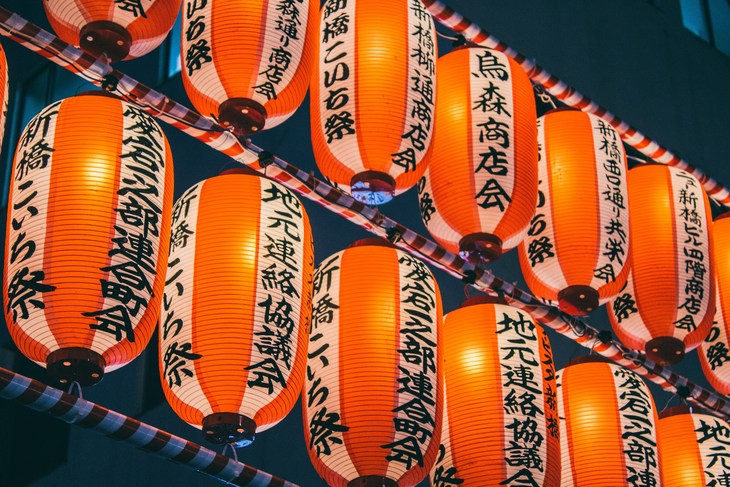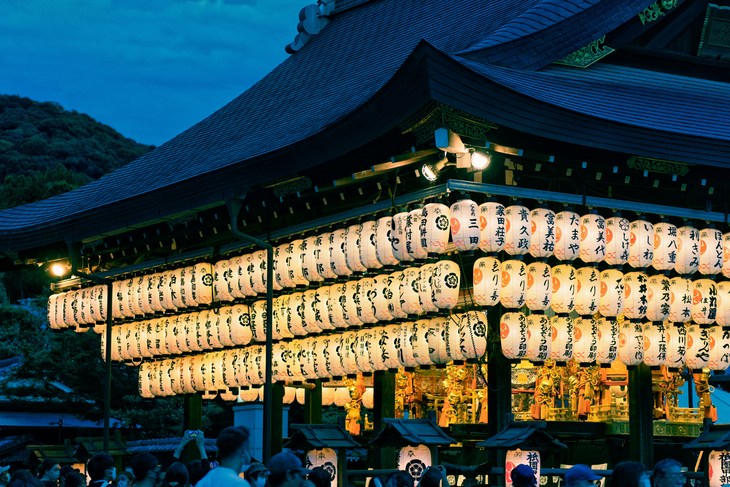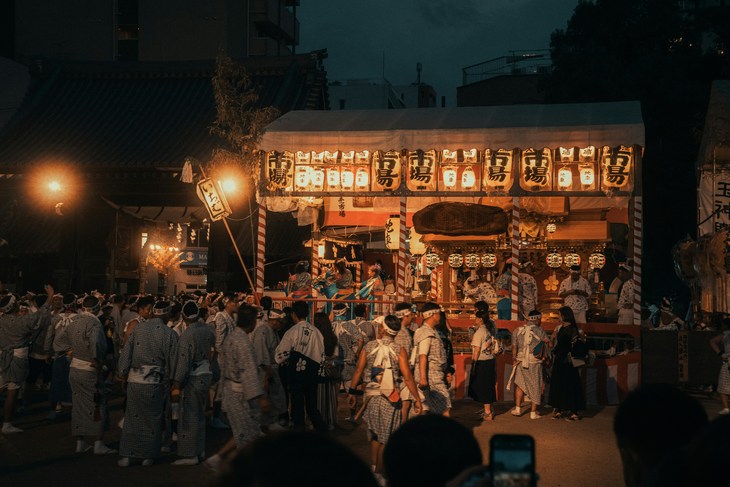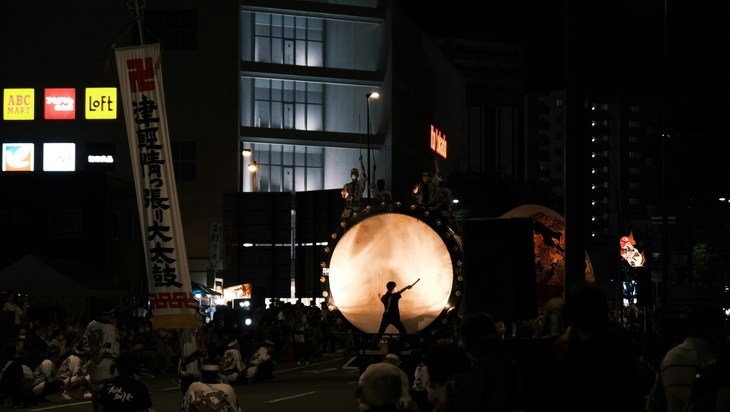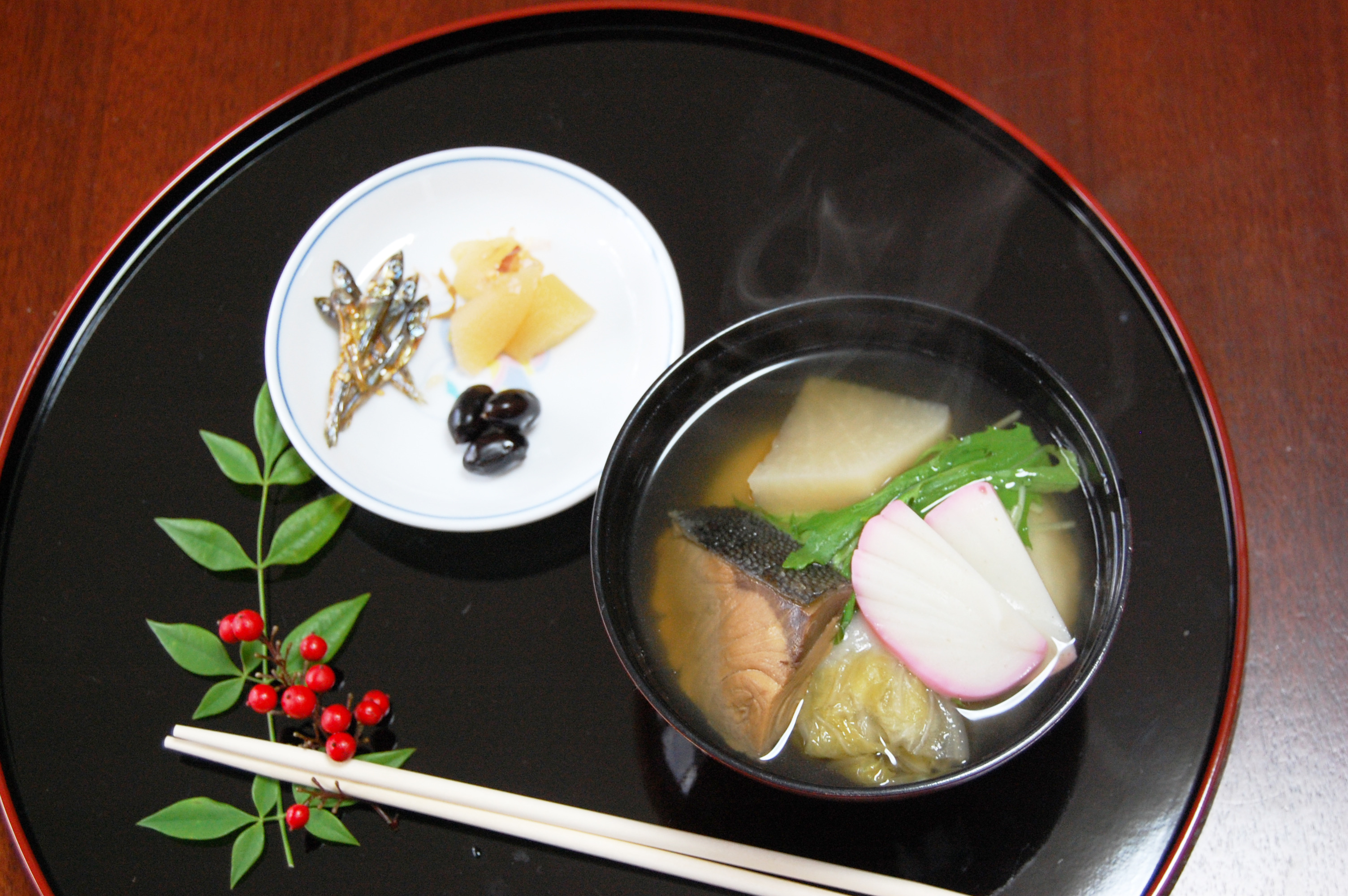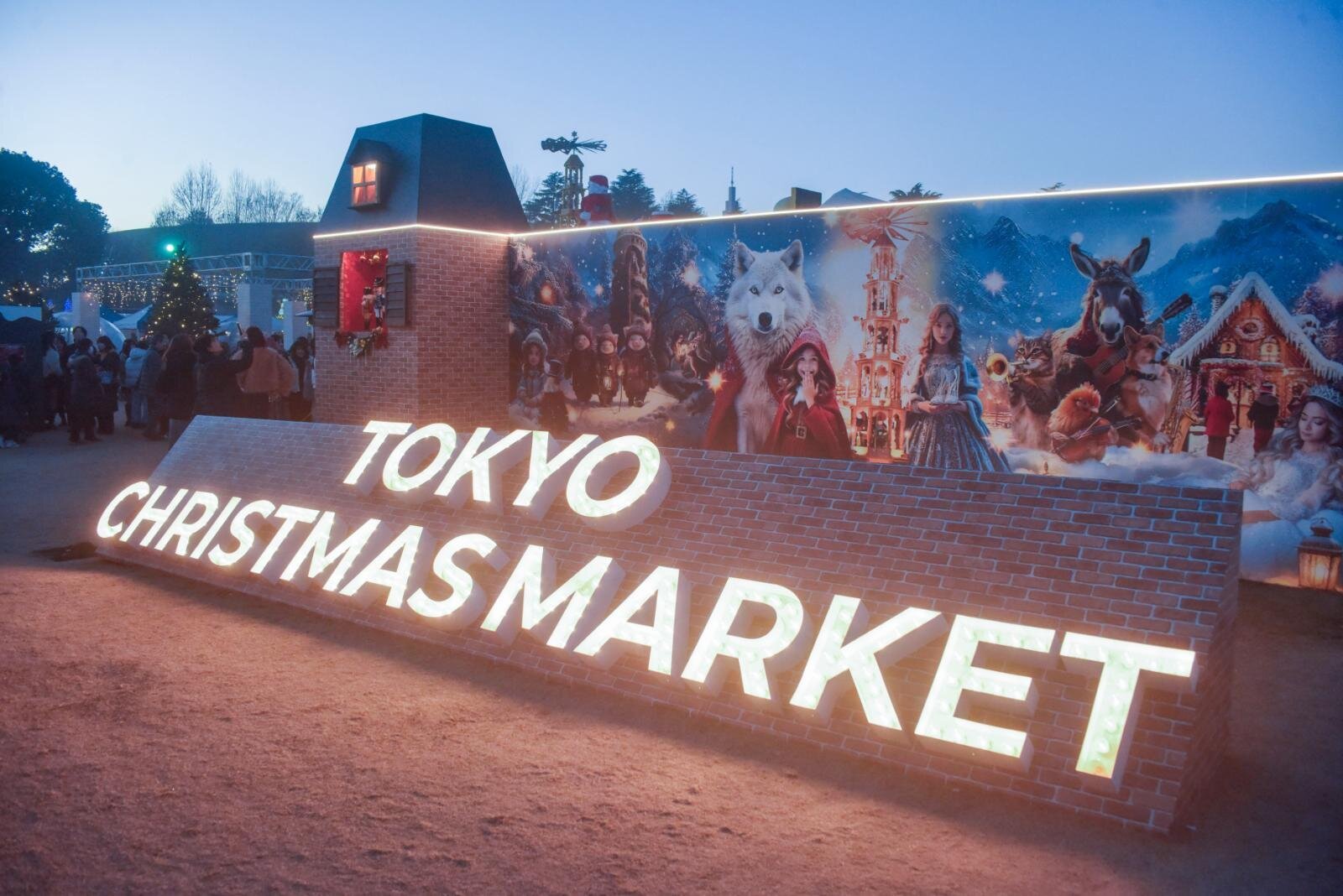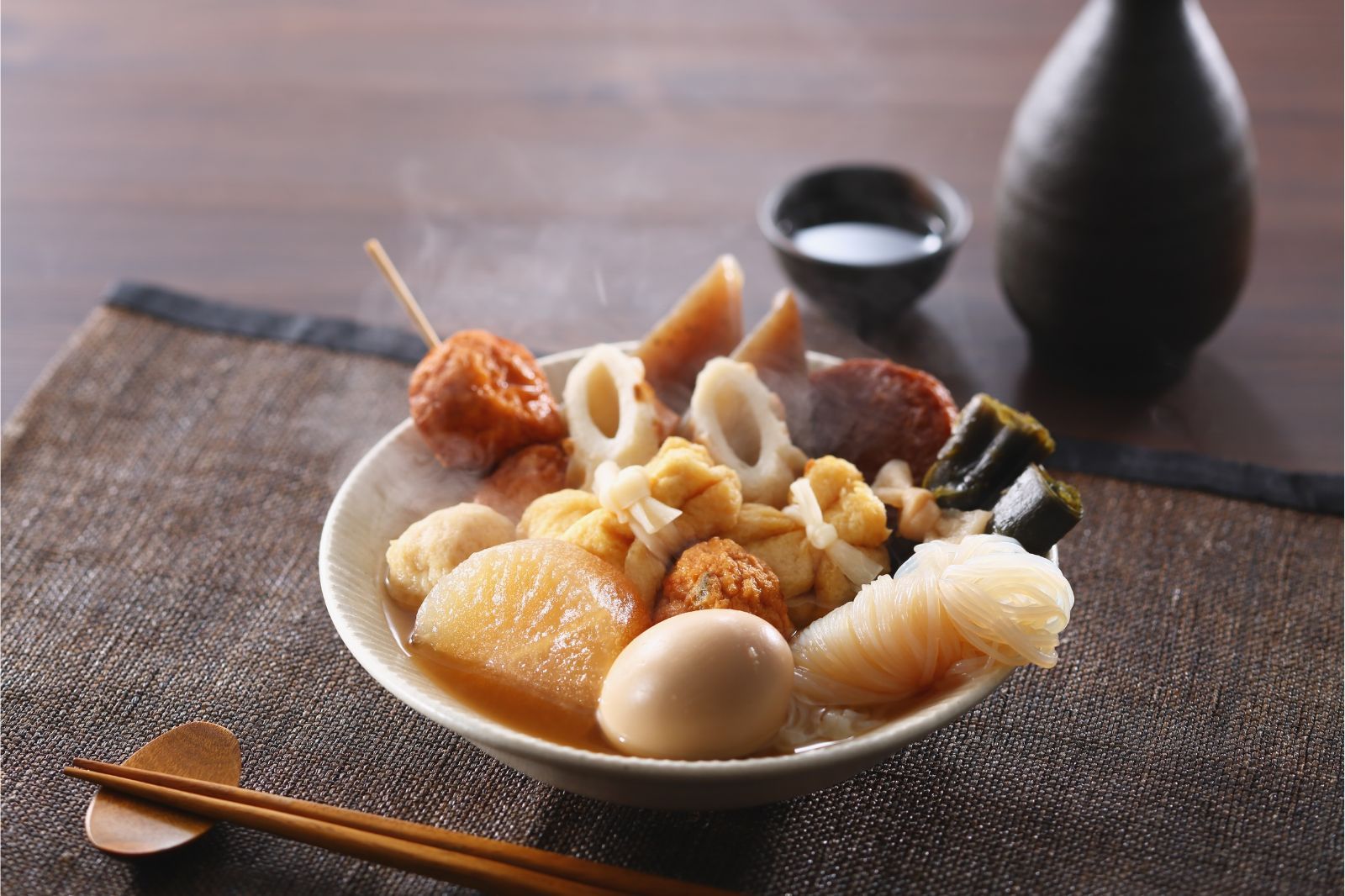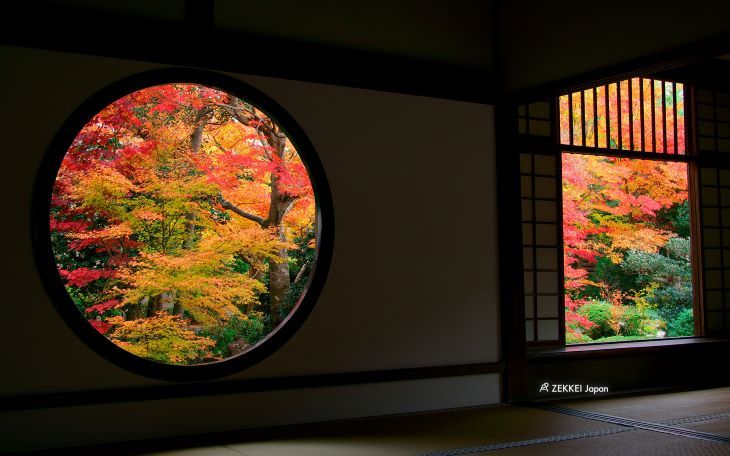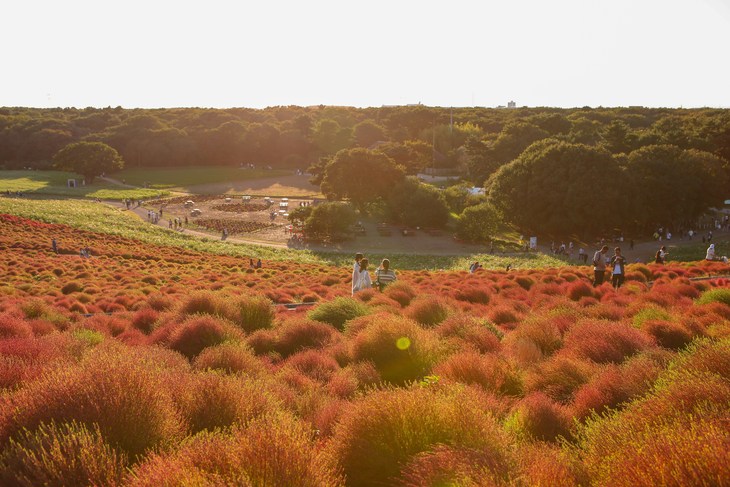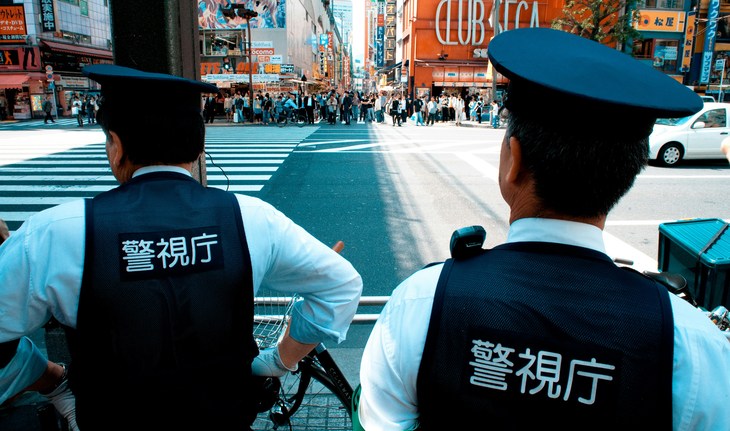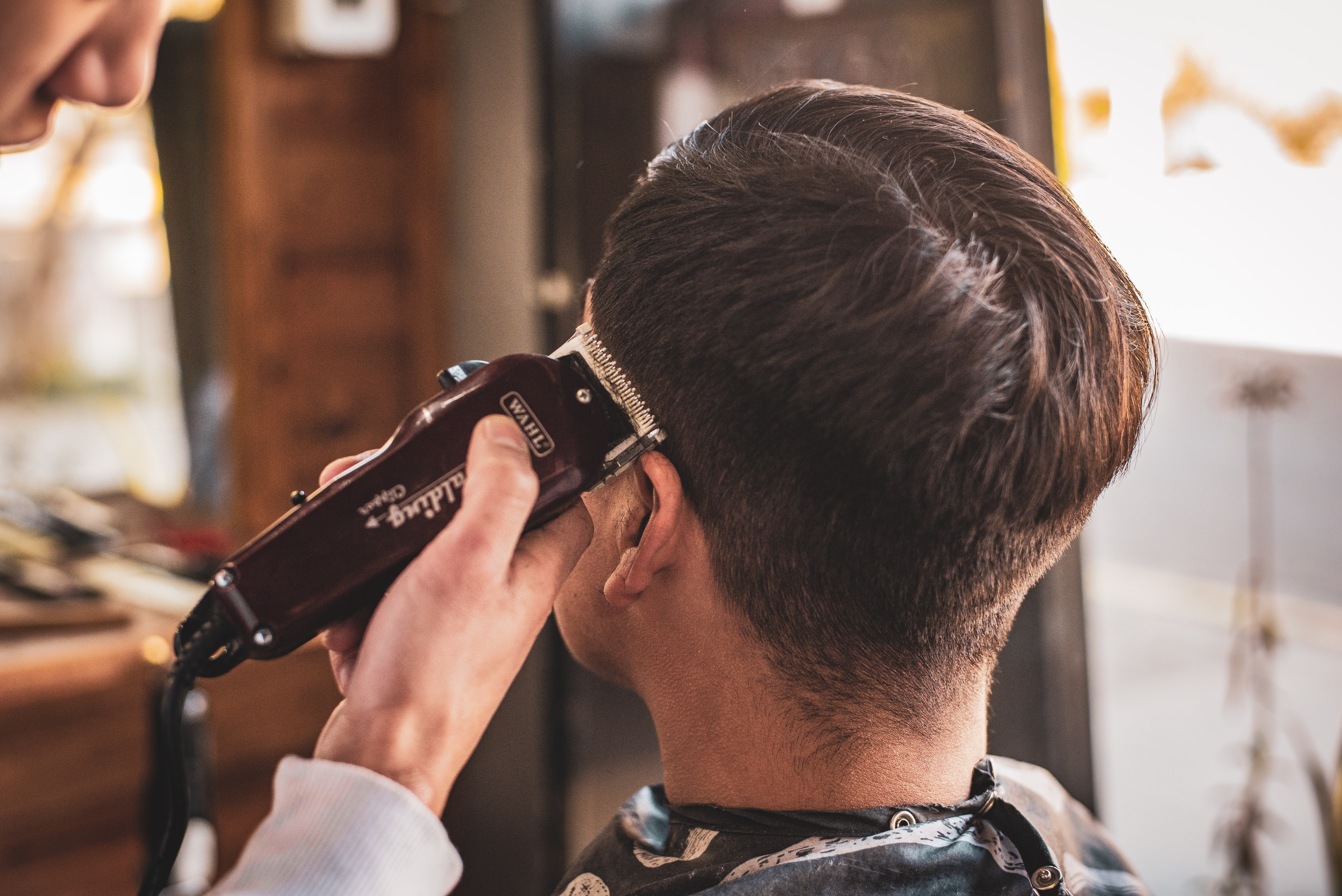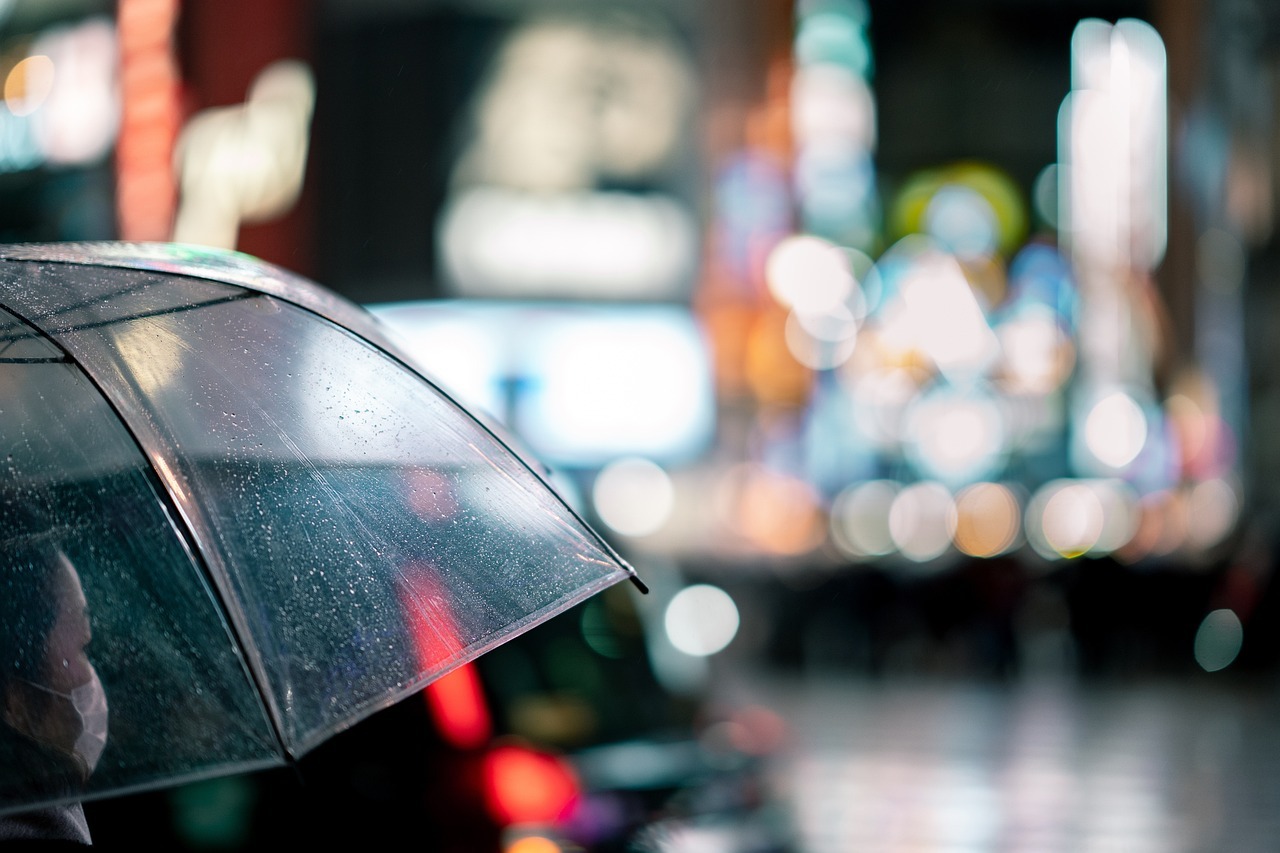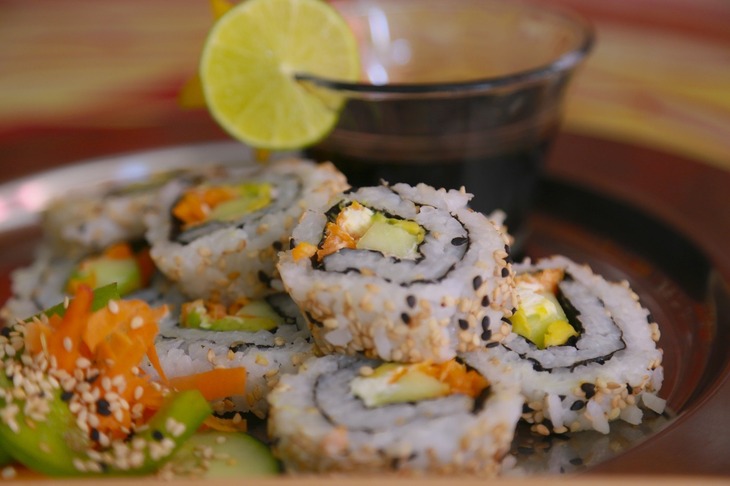Summer Festivals in Japan
Japan is well known for its fun-filled summer festivals, known in Japanese as "matsuri." People across the country get dressed up in yukatas, or summer kimonos, and take to the streets to enjoy food, festivities, and fireworks. Streets are adorned with lanterns, performances featuring dances and traditional taiko drums are held, and food stalls abound. If you are in Japan in the summer, you need to get out and find a local festival to participate in. So here is everything you need to know about summer festivals in Japan, including all about some of the most famous in the country.
Why are there So Many Summer Festivals in Japan?
Most summer festivals in Japan are rooted in centuries-old traditions, like Shinto rituals or agricultural rites. For example, rituals such as praying for bountiful harvests and practices to ward off evil spirits have evolved into key elements of modern summer festivals. During the medieval period, town shrines held festivals to pray for the safety and prosperity of their communities, which laid the groundwork for today's summer festivals. So while many summer festivals may seem like an excuse to go out and eat some shaved ice and watch fireworks, know that the existence of those festivals is deeply tied to Japan's long history.
Tips for Attending Summer Festivals
If you decide to attend a summer festival in Japan this year, here are some important tips you should know.
・Get There Early
This is especially important when going to a festival where there is something to watch, be it fireworks, a parade, or a traditional performance. The festival will become crowded, especially if it is a popular one. Getting there early ensures you can beat the crowds and have the best view possible.
・Bring Cash
Many street vendors will only accept cash during summer festivals. If you don't have cash on you, you'll be out of luck if you want to buy street food or souvenirs.
・Be Prepared for the Weather and Heat
Summers in Japan are very hot and humid. Even in the evening, when many festivals take place, the heat and humidity don't break. And since sudden storms are not uncommon in the summer, being prepared for the weather is a good plan. Bring a water bottle, a hand fan (either a traditional "uchiwa" or an electric one), and a foldable umbrella, and wear clothing that is comfortable and breathable.
・Bring Insect Repellent
Some summer festivals take place at shrines or other locations in rural or wooded areas. If you don't want to come home covered in mosquito bites, bring some repellent with you to protect yourself.
・Get Rid of Trash Properly
Don't just dump your garbage on the ground during a festival! There will usually be designated garbage bins for you to throw your waste in, and if there aren't, it may not be a bad idea to bring a plastic bag to carry your trash in until you find a garbage bin.
The Most Famous Summer Festivals in Japan
If you want to attend some of the most popular, exciting festivals in Japan, here are the festivals you should think about checking out.
・Gion Matsuri (Kyoto)
Held in July, Gion Matsuri is one of Japan's oldest festivals with over a thousand years of history. The festival is famous for its grand procession of decorated floats called yamaboko, and the streets of Kyoto are illuminated by beautiful lanterns at night. Here are some of the events that take place during Gion Matsuri.
Yamaboko Junko (Float Procession): The highlight of Gion Matsuri is the parade of giant floats, which takes place on July 17th and 24th. These floats are beautifully decorated and pulled through the streets by teams of people.
Yoiyama (Pre-festival Evenings): In the evenings leading up to the main parades, the streets are lined with food stalls, and traditional music fills the air. You'll be able to view the floats up close before the parades and take part in the festive atmosphere.
Byobu Matsuri (Folding Screen Festival): During Gion Matsuri, local residents open their homes to display family heirlooms and treasures, including beautiful folding screens. This is a rare opportunity to see some truly beautiful, authentic Japanese heirlooms, so be sure to check them out if you get the chance.
Learn more about Gion Matsuri here.
・Tenjin Matsuri (Osaka)
Also held in July, Tenjin Matsuri is the largest festival in Osaka. It features a river procession with boats, traditional performances, and a spectacular fireworks display at night. Here are some of the highlights of this festival.
Land Procession: The festival begins with a land procession where portable shrines and costumed participants parade through the streets of Osaka.
River Procession: The main event is the river procession on July 25th, where boats decorated with lanterns and carrying performers sail along the Okawa River. Traditional music and performances take place on the boats.
Fireworks Display: The festival culminates in a grand fireworks display over the river, which will be sure to leave you awe-struck.
Learn more here. (Japanese only)
・Awa Odori (Tokushima)
Held from August 12th to 15th in Tokushima, Awa Odori is one of Japan's most famous dance festivals. It features groups of dancers, known as "ren," performing traditional dances through the streets. The festival is characterized by its lively and inclusive atmosphere and features events like:
Street Dancing: Every night, dancers in traditional costumes perform the Awa Odori dance to traditional instruments. The dance is known for its rhythmic and energetic movements.
Niwa Odori (Garden Dancing): In addition to the street performances, smaller, more intimate dance sessions are held in parks and gardens throughout Tokushima. The festival encourages visitors to join in the dancing, so why not be brave and join the fun?
Learn more here. (Japanese only)
・Kanto Matsuri (Akita)
Held from August 3rd to 6th in Akita, the Kanto Matsuri is famous for its impressive displays of skill, where participants balance large bamboo poles called "kanto" adorned with lanterns on various parts of their bodies. The festival celebrates the rice harvest and is known for its unique and awe-inspiring performances. Events include:
Kanto Performances: The main event involves participants balancing kanto poles on their hands, foreheads, shoulders, and hips. The poles can reach up to 12 meters in height and weigh as much as 50 kilograms.
Night Parades: The streets of Akita are illuminated by hundreds of lanterns as the kanto performers parade through the city. The sight of the glowing lanterns swaying rhythmically is a highlight of the festival.
Interactive Experiences: Visitors can try balancing the kanto poles themselves. This is an experience you will be hard-pressed to find anywhere else.
Learn more about Kanto Matsuri here.
・Nebuta Matsuri (Aomori)
Held in August, the Nebuta Matsuri is known for its large, illuminated floats called "nebuta." The floats are accompanied by dancers and musicians, creating a vibrant and dynamic atmosphere. Here are some of the events during this festival.
Nebuta Parade: Each night, large floats lit from within are paraded through the streets, accompanied by dancers and musicians. The floats are made of washi paper and are often shaped like samurai warriors or mythical creatures.
Haneto Dancing: Festival participants, known as "haneto," dress in colorful costumes and perform an energetic dance around the floats. Visitors are encouraged to join in and dance along.
Fireworks Display: On the final night, a spectacular fireworks display is held over Aomori Bay, marking the end of the festival.
Learn more about Nebuta Matsuri here.
Have Fun This Summer!
Summer festivals are the best part of this hot and humid season in Japan. We've only introduced a handful of famous festivals--there are hundreds more across the country. Find a festival near you and take part in it to make the most of this fun season!














